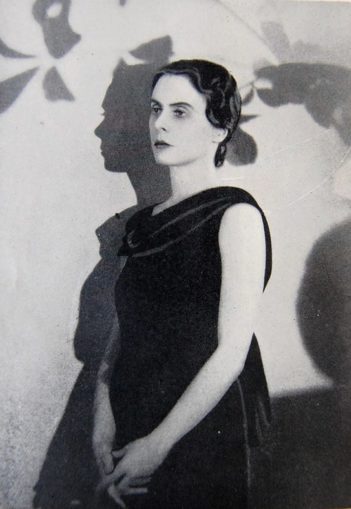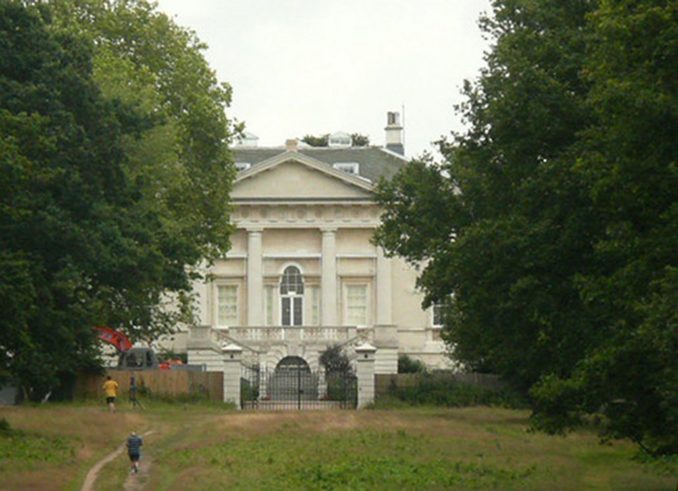Both Master and Miss Reggie took ballet lessons from an early age (Master Reggie starting at 5 and Miss Reggie at 4). They showed a talent for dance from an early age and Mrs Reggie was keen for them to have a hobby and had a friend whose children went to a local ballet school so it seemed ideal they joined too. Master Reggie was one of 2 or 3 boys taking lessons at the local ballet school, being outnumbered by girls about 10 to 1.
About 5 years later they both joined the Royal Ballet School Associate Programme, where a teacher from the Royal Ballet school would give the children lessons every weekend, in Bristol. The idea being that the School could provide lessons to a higher standard and identify children with promising talent to be selected for full time education at the Royal Ballet School in London.
When Master Reggie was about 11 years old it was decided that male dancers would be given lessons by a male dancer and so it was required that we would travel to London every Saturday in term time. It took about 2 hours from our home to dropping Master Reggie off at the Royal Ballet’s offices in Covent Garden, where I was free to explore central London for 3 hours before making the return journey. It was quite a commitment for him to make and over the years I clocked up thousands of miles covering the journey along the M4 and taking the Piccadilly Line from Hammersmith to Covent Garden.
Whilst waiting for Master Reggie to finish there were various story boards inside the waiting area, giving the history of the Royal Ballet School. The School was founded in 1926, when Dame Ninette de Valois opened her Academy of Choreographic Art. Inspired to create a repertory ballet company and school, she collaborated with Lilian Baylis, lessee and Manager of the Old Vic Theatre.

“Ninette de Valois” by Crossett Library Bennington College is licensed under CC BY-NC-SA 2.0
When Lilian Baylis acquired the Sadler’s Wells Theatre, de Valois moved the School there in 1931 and it became The Vic-Wells Ballet School feeding dancers into The Vic-Wells Ballet Company. In 1939 the school was renamed The Sadler’s Wells Ballet School and the Company became The Sadler’s Wells Ballet.
In 1946 The Sadler’s Wells ballet moved to a permanent home at the Royal Opera House, Covent Garden. A second company was formed, The Sadler’s Wells Theatre Ballet. In 1947 the School moved from Sadler’s Wells Theatre to Barons Court and general education was combined with vocational ballet training.
The first five younger years of the School moved to White Lodge, Richmond Park in 1955/56 and became residential, combining general education and vocational ballet training. The final three years of study for older students continued to be based at Barons Court.

“The White Lodge,Richmond Park,London” by john47kent is licensed under CC BY 2.0
The Royal Charter was granted in October 1956 and the School and companies were renamed The Royal Ballet School, The Royal Ballet and the Sadler’s Wells Royal Ballet (later renamed Birmingham Royal Ballet following its move there in 1990).
In January 2003 the Barons Court campus moved to new premises in Floral Street, alongside London’s Royal Opera House in Covent Garden. The studios are linked to The Royal Ballet by the award-winning Bridge of Aspiration, fulfilling Dame Ninette’s dream to have Company and School side by side in the centre of London.
Master Reggie finished lessons at Covent Garden aged 17. Whilst members of the Royal Ballet School Associate Programme both Master and Miss Reggie continued to take lessons with their local ballet teacher during the week and they competed in 3 or 4 Eisteddfod dance competitions every year during half term breaks. He did consider a career in dance but was academically gifted as well and decided to concentrate on that instead. I was quietly relieved as dance can be a very tough career with long hours and little financial reward unless you reach the very top.
Miss Reggie completed her various ballet exams to the highest level possible and stopped taking lessons around the age of 16.
We’re not quite sure where their talent for dancing came from. Neither Mrs Reggie or I are dancers and I have two left feet so perhaps it skipped a few generations?
Ballet sounds very middle class but this is absolutely not the case. Most of the children we met came from very ordinary backgrounds and just enjoyed dance as a hobby. As a hobby it requires a huge amount of effort and commitment on the part of the individual and it can take its toll on the body, but the strength you can build up is pretty impressive.
Neither of our children has danced now for about 5 or 6 years but we still keep in touch with their dance teacher and Mrs Reggie even attends adult ballet lessons with her.
© Reggie 2021
The Goodnight Vienna Audio file



